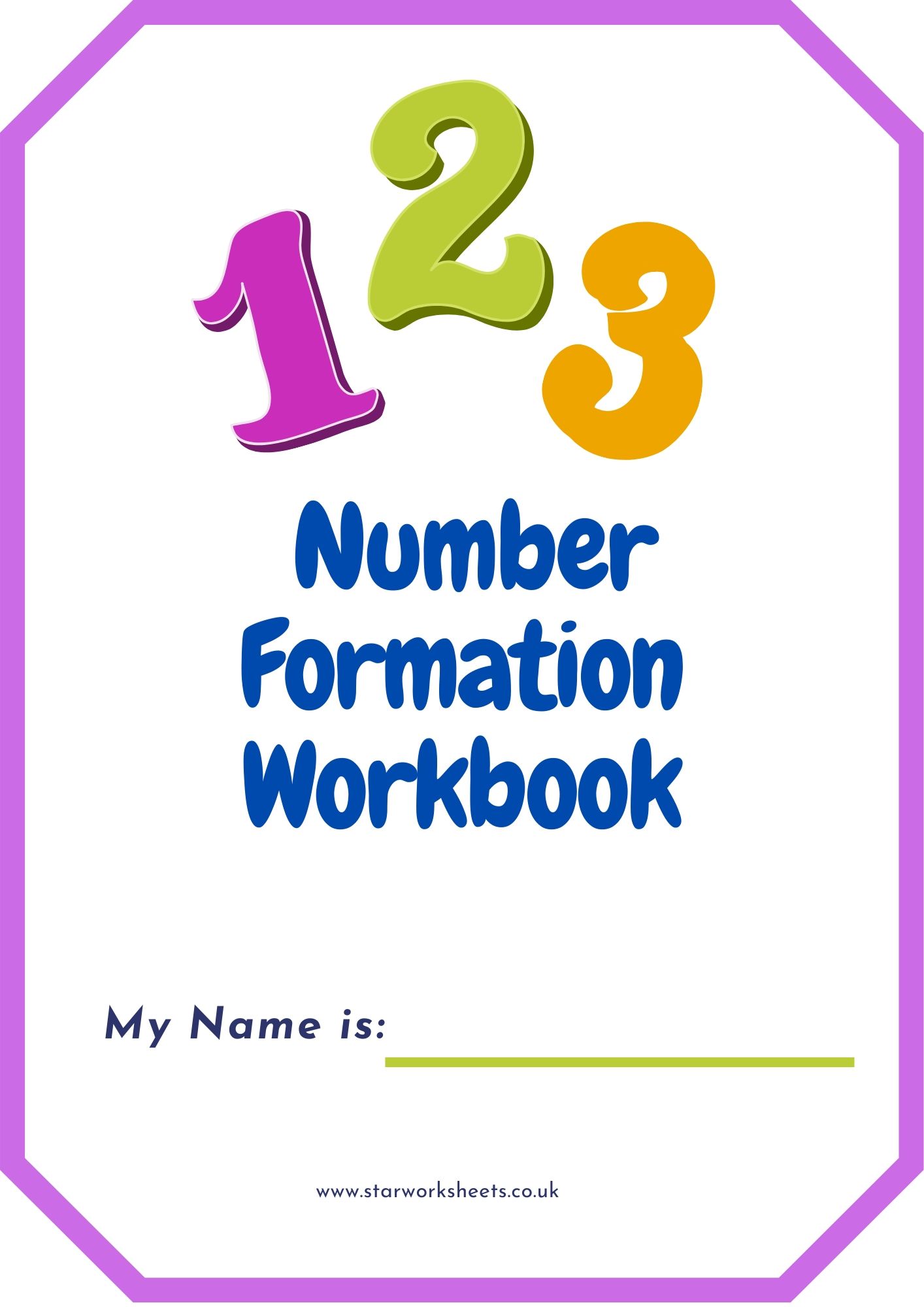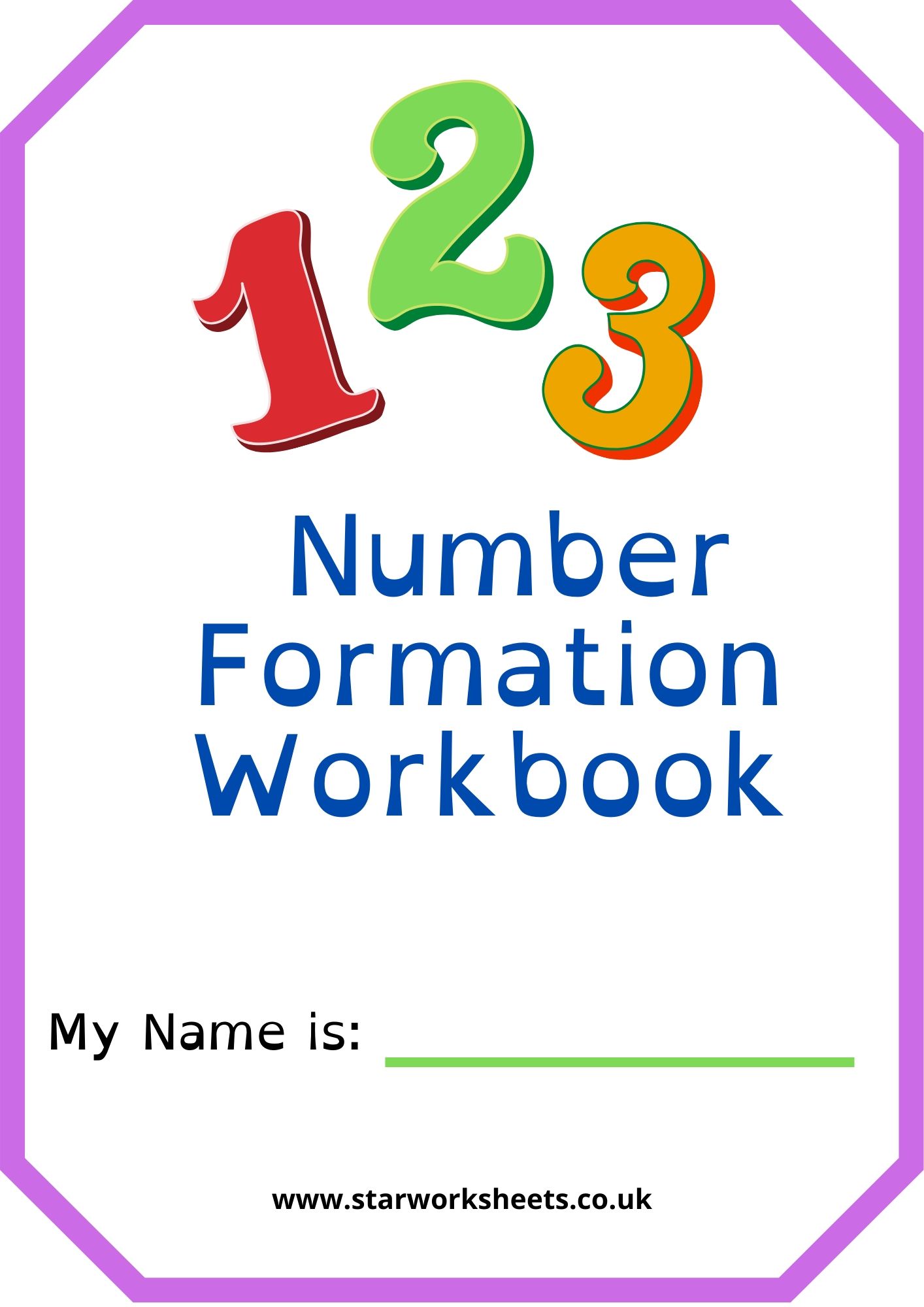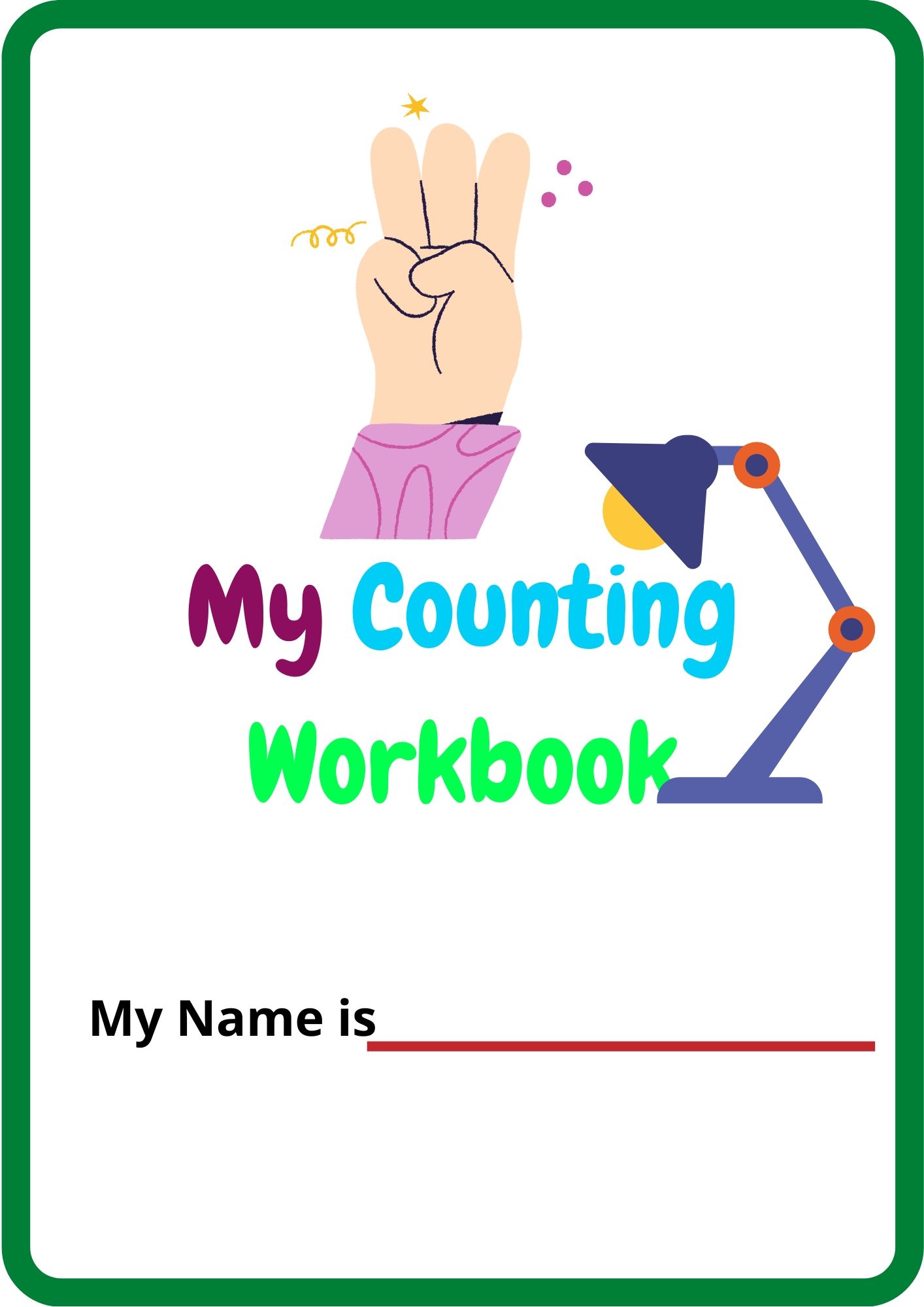
This section will display the Counting and Numbers learning resources and worksheets the Early Year Foundation Stage i.e. EYFS. Children of age (4-5) study in this class and follow the national curriculum guideline of govt. The objective for those working in Early Years, then, is to ensure that all children develop firm mathematical foundations in a way that is engaging, and appropriate for their age.
But learning should be fun for both children and teachers. Teachers introduce key concepts with learning materials. Our worksheets use these concepts to elaborates and practice goals. The children should have a clear understanding of counting and numbers. We explain these goals here.
Contents
Skills in counting.

All children follow different learning patterns. There are three well-known principles of learning counting.
- The one-one principle.
- The Stable-order principle.
- The cardinal principle.
- The abstraction principle.
- The ordering principle.
You can explore the details of these learning principles by listing the podcast arrange by NECTM.
It is a good idea to introduce counting skills with visual objects. I find abacus very useful for my kids when they were starting their learning ladder. “As an Amazon Associate, I earn from qualifying purchases.”
Vocabulary Words of Counting for Children age 4-5.
- Counting, ones, tens, more, less.
- Count on, Count (up), count back, count in ones, twos, fives.
- Counting Numbers, first, second, last, next, before, after.
Free Worksheets of Counting to Download.
Counting is a skill that enables children to engage with and enjoy other areas of learning. Children who know why they are counting become better at counting. Our focus on this criterion of Number and Counting worksheets. It includes learning to count up to 5 then to 10 and 20, counting forward, counting backward. arrange numbers in orders, fill missing numbers, one more and one less than worksheets. Keep visiting to get new worksheets.
Click on the link to Download & Print your worksheet.
Click on the link to Download & Print your worksheet.
Understanding and Using numbers.
Teachers introduce numerals to children. Students learn the concept of a group of two, three, five up to 10. They learn the concept of more than and less than. They recite the numbers in sequence. They began to give some estimation and comparison of objects by looking at them.
Vocabulary words of Number and Place Value.
- numbers, zero, one, two, ——- twenty,
- ones, tens, digit, the same number as, as many as,
- one more, ten more, one less, ten less,
- big, bigger, small, smaller, biggest, smallest.
Free Worksheets of Numbers Download.
Number formation is a skill that enables children to learn, how to write mathematical numbers. It involves motor skills and develops coordination among different senses of children. So teaching children about number formation is an integral part of early learning and it requires practice, practice. Our worksheets include tracing the numbers, number formation sheets o to 9, number formation sheets 10 to 20. trace and write, and class displays of numbers for the reception. We make different themes worksheets to create fun for children. Keep visiting to get new worksheets.
Early Year Assessments Worksheets
Free 20 pages worksheets to test Early Year Learning skills.
3 Fun Learning Resources for ages 4 to 5.
Top Ten Numbers Rhymes.
According to Foundation years, these are top ten rhymes that focus on counting and numbers in preschool.
1- Ten in a Bed
2- Ten Green Bottles
3- Five Little Speckled Frogs
4- Five Little Men in a Flying Saucer
5-Five Little Monkeys Jumping on the Bed
6-One, two, three, four, five, once I caught a fish alive
8-One Little Elephant went out to Play
9-Two Little Dicky Birds sitting on a Wall
10-Five currant buns in a baker’s shop
11-Zoom, zoom, zoom, we’re going to the Moon
Top Ten Games.
Children learn by playing games at this age. Top marks have designed well know games in their platform. These include the following games.
- Ginger Breadman game.
- Teddy Numbers.
- Underwater counting.
- Ladybird spots.
- Count the yeti
- Bunny Ride
- Bug catcher
- Hide and Seek
- Ten Frame Modeler
- Caterpillar count.
Writing Numerals
Children develop their knowledge of numbers through language and practical experiences. This includes graphic resources and writing practices. These are a good way of improving counting and numbers skills. These graphics include:
- scribble-marks,
- drawings,
- writing,
- tally-type marks,
- invented and standard symbols including numerals


